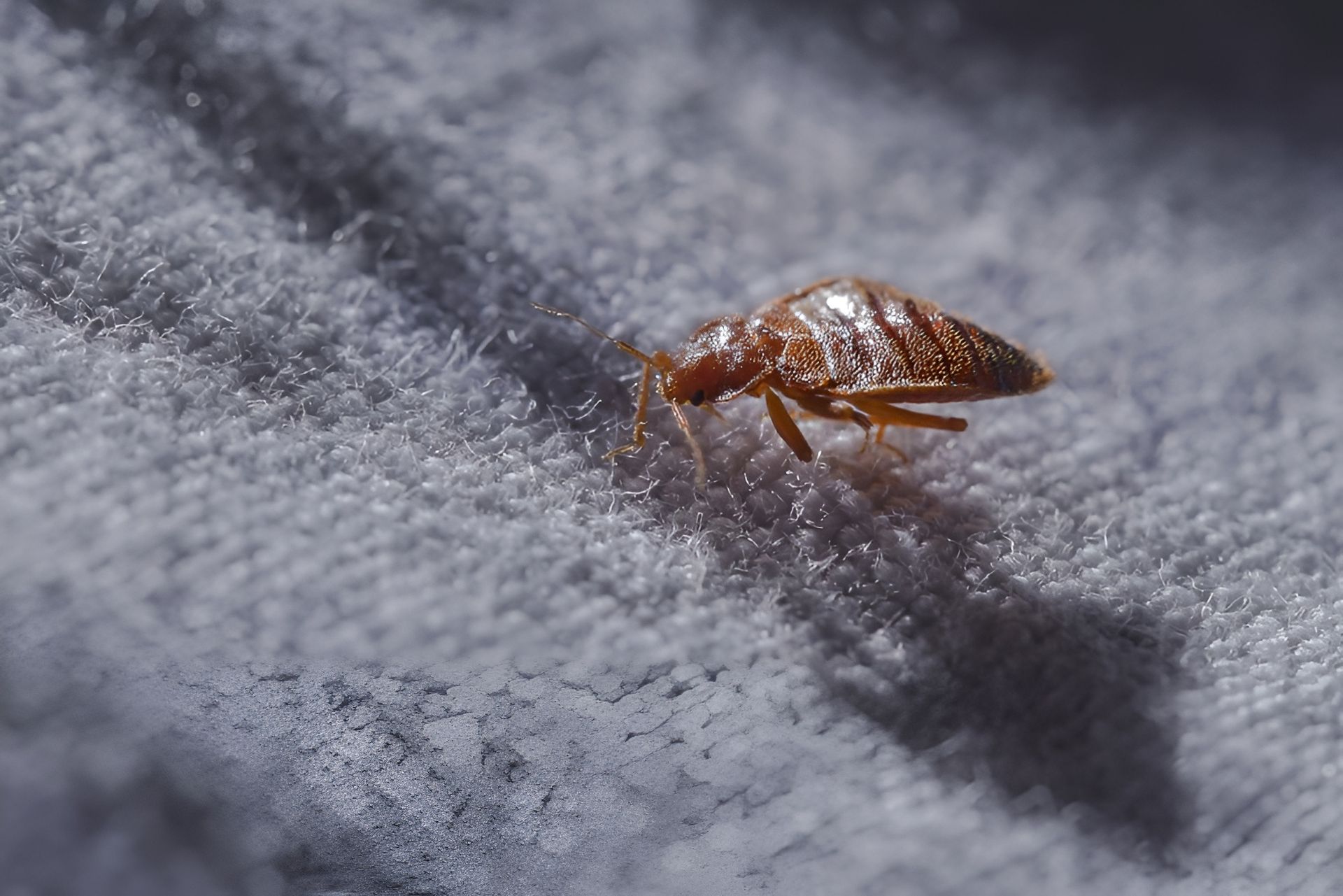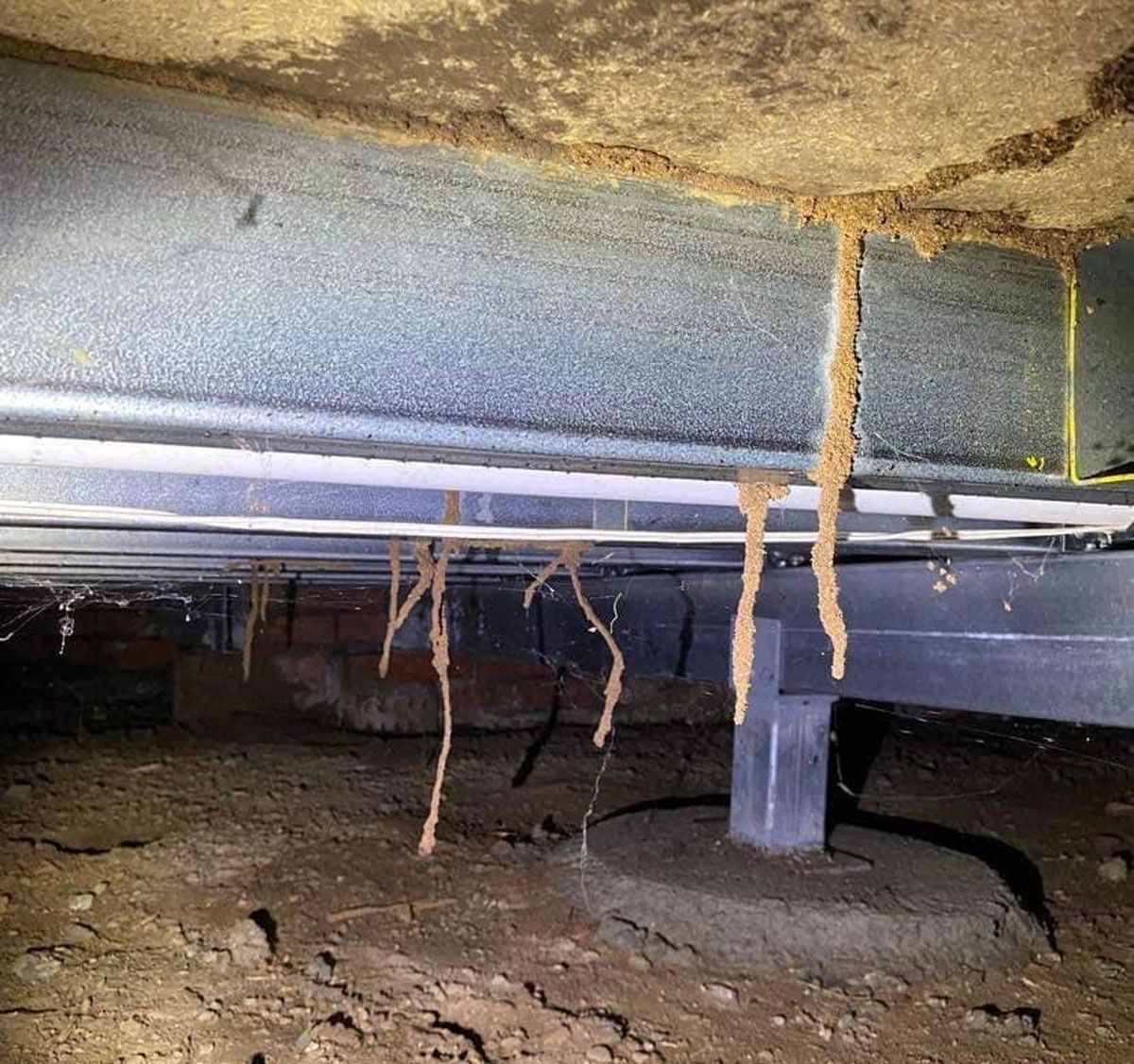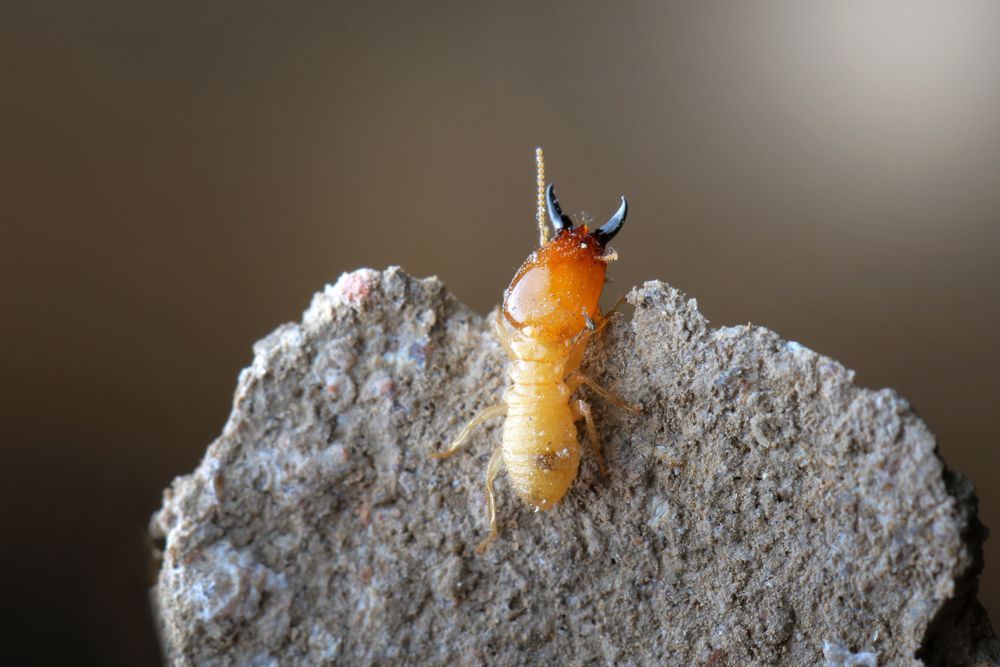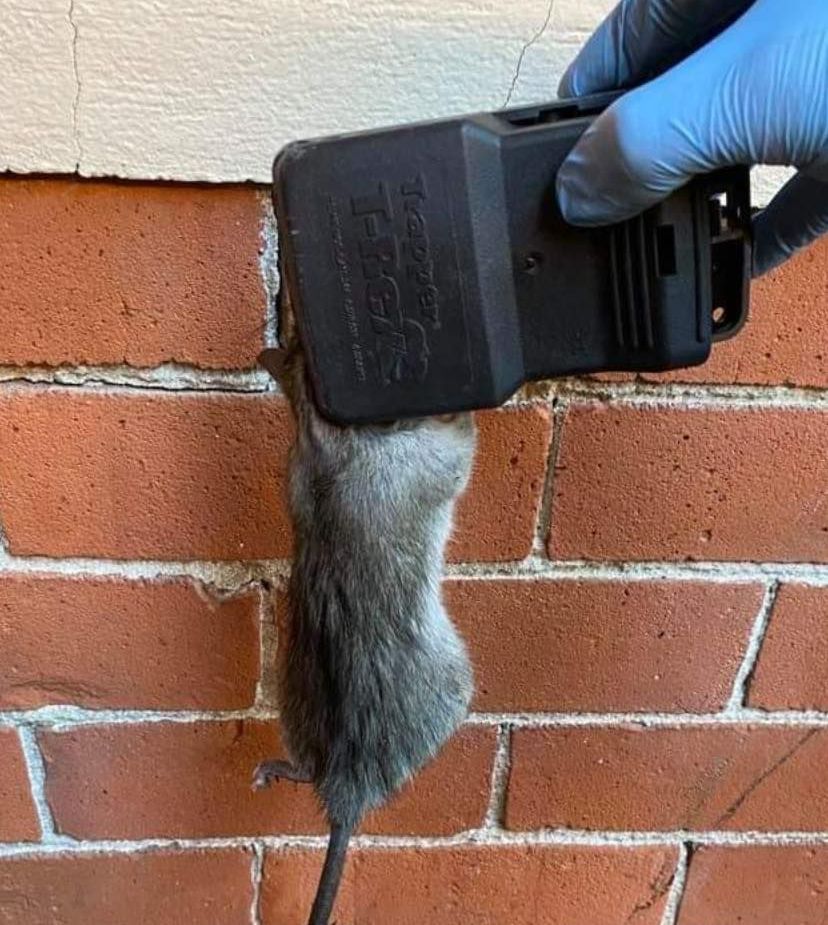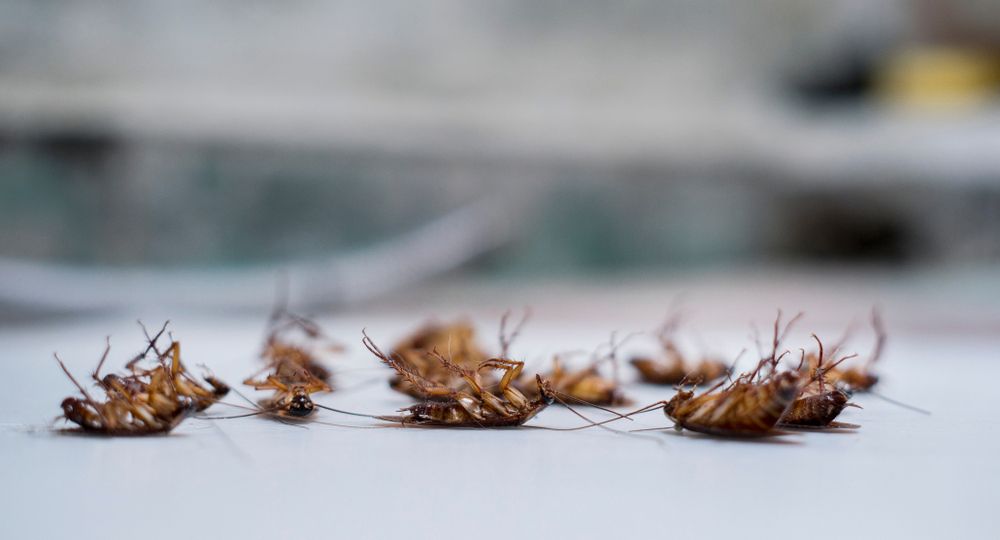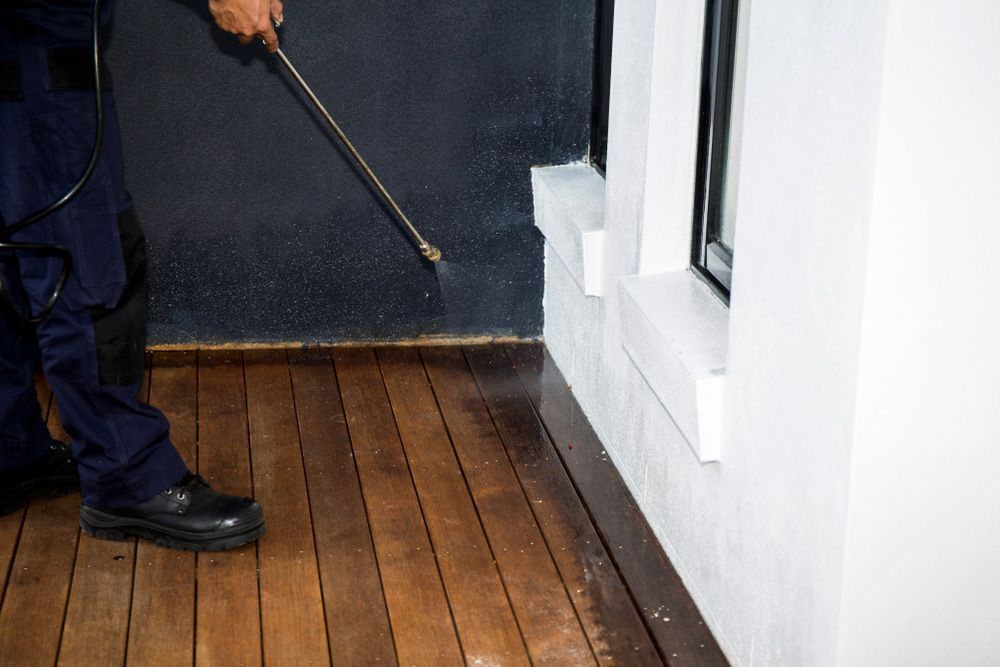8 Warning Signs Of A Termite Infestation You Shouldn’t Ignore
Your home might look perfectly fine on the surface—but what’s happening beneath the floors or inside the walls could tell a very different story. Termites are expert invaders, quietly eating away at timber structures for months or years before any obvious signs appear. By the time most people realise there’s a problem, the damage is often already significant.
If you’re a homeowner or property manager, early detection and proactive pest prevention in Albury Wodonga is your best line of defence. In this blog, we’ll walk you through the key warning signs of a termite infestation—and why these subtle clues should never be ignored.
1. Hollow-Sounding Timber When Tapped
Timber hollowed out by termites is one of the earliest and most easily missed indicators. Termites consume wood from the inside, often leaving the outer layer untouched. This deceptive appearance means serious damage might already be underway before you notice anything.
- Tap window frames, skirting boards, and doors with a screwdriver handle.
- Check pergolas, decks, and fencing where termites often enter undisturbed.
- If the wood sounds thin or papery, it may be termite-compromised.
This sign is especially relevant in older homes across the region, where untreated timber has been used extensively.
2. Unexplained Cracks in Walls or Ceilings
Cracks in plaster can be mistaken for general settling or seasonal expansion. However, the surrounding surfaces can shift when termites weaken the internal structure, leading to visible cracking. These signs could point to a deeper issue than simple wear and tear.
- Cracks near door frames or windows might signal weakened supports.
- Ceiling cornices pulling away from walls can be a sign of internal damage.
- Even hairline fractures should be checked, particularly in moisture-prone rooms.
Professional inspection is essential here, especially in Albury Wodonga homes that have experienced recent renovations or have timber-framed walls.
3. Mud Tubes Along Foundations or Walls
One of the clearest visual indicators of a termite infestation is the presence of mud tubes or tunnels. Termites construct these pencil-thin tubes to maintain a moist, protected pathway from their underground nest to your home’s timber. Made from a mixture of soil, saliva and excrement, the tubes shield termites from light and predators while helping them retain the humidity they need to survive.
- Keep an eye out for mud tracks running vertically along brickwork, concrete stumps, or timber cladding.
- Subfloor piers, garage walls and garden-facing external walls are common areas where these tubes appear.
- Mud tubes may also be found inside your home—along skirting boards or behind stored items in damp areas.
- Avoid breaking them open; this can scatter the termites and make it harder for pest control technicians to assess the extent of the infestation.
Spotting these tubes early allows for a quicker pest control response—potentially preventing widespread damage and costly repairs.
4. Doors & Windows That Suddenly Stick
It’s common for timber to expand slightly during seasonal humidity, but termites could be the hidden culprit if your doors and windows start sticking or jamming without a clear reason. As termites feed on the timber around door and window frames, the structural integrity begins to weaken. This can cause the timber to swell, warp or shift out of alignment, affecting how easily the fixtures open or close.
- Doors may feel jammed in the frame despite mild weather.
- Windows might be difficult to open, catching on the frame.
- External doors and windows are especially vulnerable in humid environments.
This subtle change in movement often hints at serious problems within the framework.
5. Discarded Wings Near Entry Points
When termites swarm to start a new colony, they shed their wings—leaving piles of delicate, translucent fragments near doors, windows, or light sources. These discarded wings are a sure sign of breeding activity and colony expansion.
- Wings typically appear in late spring or after rain.
- Piles are often found on windowsills, patios, and under light fittings.
- Unlike ants, termites have uniform-sized wings.
If you’ve spotted wings recently, it's time to call in pest control experts.
6. Tight-Fitting Floorboards or Bubbling Paint
If your floorboards rise or your paint starts bubbling without signs of a water leak, termites may be working beneath the surface. Their tunnelling produces moisture, which distorts timber and paint.
- Paint may blister or peel in straight lines following timber joints.
- Floorboards might feel ‘spongy’ or bounce slightly underfoot.
- Gaps between boards could indicate warping due to internal damage.
This symptom is easily misdiagnosed as water damage—professional pest identification is key.
7. Clicking Sounds in Walls at Night
While termites may be silent invaders, they’re not always quiet. As they go about their work, certain noises can become surprisingly noticeable—especially in the stillness of night. Worker termites are constantly chewing through timber, and soldier termites make distinctive clicking or head-banging sounds against the walls of their tunnels to signal danger to the colony. These subtle noises are often one of the earliest audible clues that something isn’t right.
- Clicking or tapping may come from internal walls.
- Sounds are often detected in walls shared with the garden or subfloor areas.
- The noise may be rhythmic or erratic, depending on termite activity.
Using a stethoscope or simply placing your ear against the wall can reveal what's lurking inside.
8. Termite Droppings (Frass) Around the Home
Drywood termites—less common but still found in some parts of Albury Wodonga—leave behind droppings known as frass. These resemble tiny mounds of sawdust or coffee grounds and may appear near timber furniture or windowsills.
- Found beneath or around wooden trims, vents, or fixtures
- Droppings are hard & granular, unlike regular dust.
- Often, this is a sign the infestation has been active for a while.
Identifying frass early gives pest removal teams a head start in addressing the colony.
Don’t Ignore Termite Signs—Act Now with Pest Control in Albury Wodonga
Termites can cause devastating damage long before any surface symptoms appear. At Professional Pest Control, we offer comprehensive pest removal services in Albury Wodonga. From early detection using thermal imaging to strategic baiting and removal, our team is equipped to stop termites in their tracks.
If you’ve noticed any of the warning signs mentioned above—or simply want peace of mind—get in touch with us today. Book an inspection, consult our termite treatment experts, and take the first step in securing your property.
